VHO - Kinh Mon is known as a land of outstanding people, a place where historical spirit, majestic natural beauty and ancient, sacred spiritual sites are in harmony. Exploring this land, visitors can not only admire the charming mountain scenery, but also immerse themselves in the cultural and religious experiences of the sacred mountains, where spiritual values have been preserved for centuries.
About 40km east of Hai Duong city center, Kinh Mon town stands out with its unique semi-mountainous terrain with rocky mountains and densely interwoven rivers. Not only is it blessed with natural landscapes, Kinh Mon is also a land that preserves many unique historical and cultural values, expressed through its system of caves, religious and belief architectural works, and typical traditional festivals.
Typical of which is the historical relic and scenic spot cluster of An Phu - Kinh Chu - Nham Duong. Over the years, this relic has become a "red address" that fully converges historical and cultural elements of special significance in the cultural flow of the Eastern region.
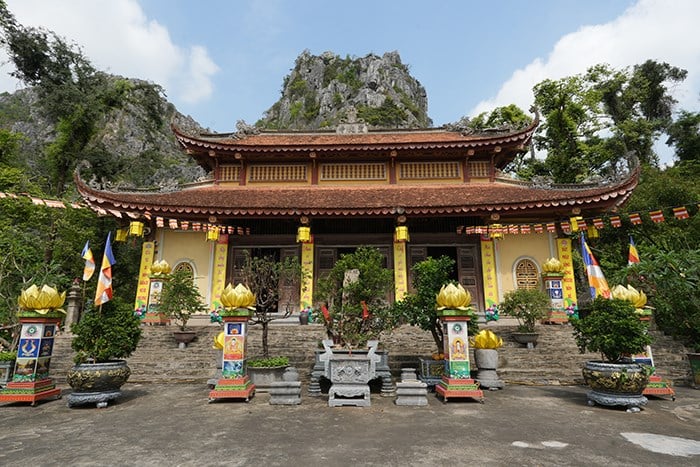
Cao An Phu Temple - A place to commemorate the father of Hung Dao Dai Vuong Tran Quoc Tuan
According to recorded information, Cao An Phu temple was built in the 13th century. This temple is famous for worshiping An Sinh Vuong Tran Lieu - father of the national hero, Quoc Cong Tiet Che Hung Dao Dai Vuong Tran Quoc Tuan.
Historical records show that An Sinh Vuong Tran Lieu was born in the year of Tan Mui, the first year of Kien Gia (ie 1211) and was a member of the royal family of the Tran Dynasty, the older brother of Tran Canh (ie Tran Thai Tong 1218 - 1277), the first king of the Tran Dynasty.
During the early period of the Tran Dynasty, An Sinh Vuong Tran Lieu not only had great contributions in expanding and developing the estates but was also the one who gave birth to and educated an outstanding talent, a great personality of the nation, the Duke and Commander-in-Chief Hung Dao Dai Vuong Tran Quoc Tuan.
Not only a place of worship, the temple also impresses with its front-first and back-first architecture, including the front hall, the middle hall and the back palace. When visitors come to worship, they will see in the front hall many parallel sentences and horizontal lacquered boards talking about the achievements of An Sinh Vuong Tran Lieu.
In particular, in the harem there are statues of him and two grandchildren of Hung Dao Dai Vuong Tran Quoc Tuan, the First Princess and the Second Princess.
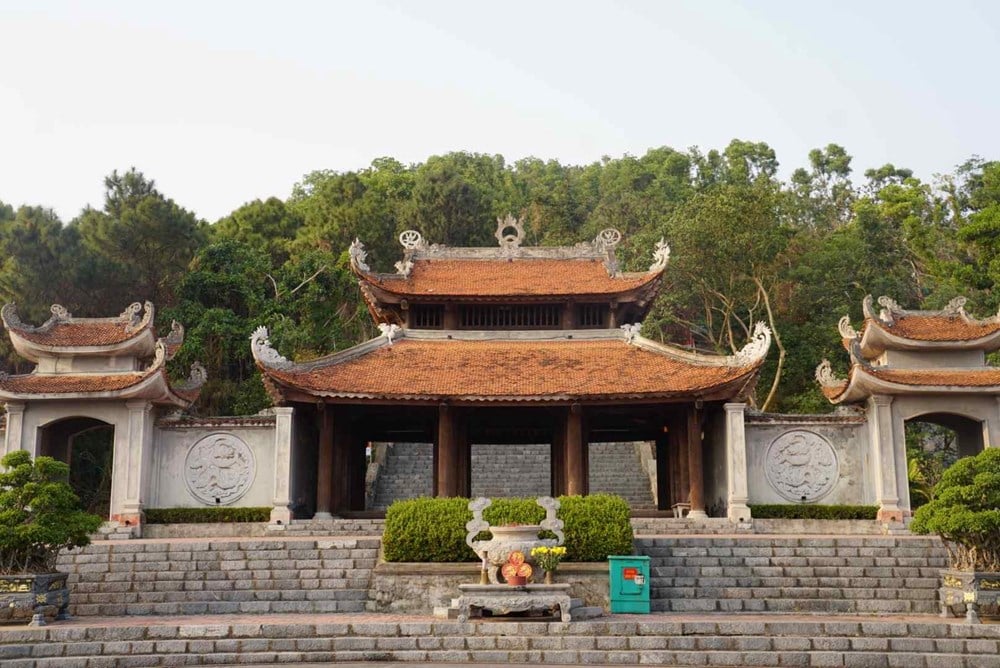
To commemorate the merits of An Sinh Vuong Tran Lieu, every year the Cao An Phu Temple Festival is held on the 1st of April (lunar calendar) - which is also the day of his death. During the festival, visitors will be able to admire activities such as worshiping ceremonies, performing the Saint's songs, singing Cheo...
500m below Cao An Phu temple is the statue of Hung Dao Dai Vuong Tran Quoc Tuan. The statue is carved from green stone, 9.7m high, standing upright, looking to the East.
This is a prominent work, impressive in its grandeur when surrounding the monument is a relief painting made of terracotta, 45m long, 2.5m high, depicting the history of the Tran Dynasty's army and people fighting the Yuan-Mongol invaders. This painting has been recognized by the Guinness World Records as the longest outdoor terracotta painting in Vietnam.
Also at An Phu peak, between the two mountains is Tuong Van pagoda. There is Ngoc well, Dragon eye well and ancient trees hundreds of years old. About 100m to the East is Ban Co Tien. Standing on the top of the mountain, visitors will have a feeling of relaxation, looking out into the distance at the vast fertile fields, feeling the harmony of heaven and earth.
Visit Nham Duong Pagoda - the largest archaeological museum in Vietnam
In Kinh Mon town, the Nham Duong mountain system (located in Duy Tan ward) is home to many large and small caves and many special archaeological artifacts. Tourists will visit 3 Tran Dynasty pagodas, including Nham Duong pagoda (also known as Thanh Quang pagoda), Chau Xa pagoda (Hoa Nghiem pagoda) and Xanh pagoda (Thien Quang pagoda).

Among them, Nham Duong Pagoda was built during the Tran Dynasty and was considered an important Buddhist center during the Tran Dynasty and the 17th-18th centuries. According to historical records, around the 17th century, the pagoda was a place for practicing, propagating Dharma and training talented monks of the Cao Dong sect, initiated by Zen Master Thuy Nguyet.
Currently, when visiting this pagoda, visitors will be able to visit two stone towers from the Le Dynasty, including the 5-storey tower containing the relics of the First Patriarch of the Vietnamese Cao Dong Zen Sect - Zen Master Thong Giac Thuy Nguyet (monk) and the 3-storey tower containing the Second Patriarch of the Cao Dong Zen Sect - Tong Dien Chan Dung. Until now, the death anniversary of the Holy Patriarch Thuy Nguyet is the origin of the Pagoda Festival taking place from the 5th to the 7th of the third lunar month.
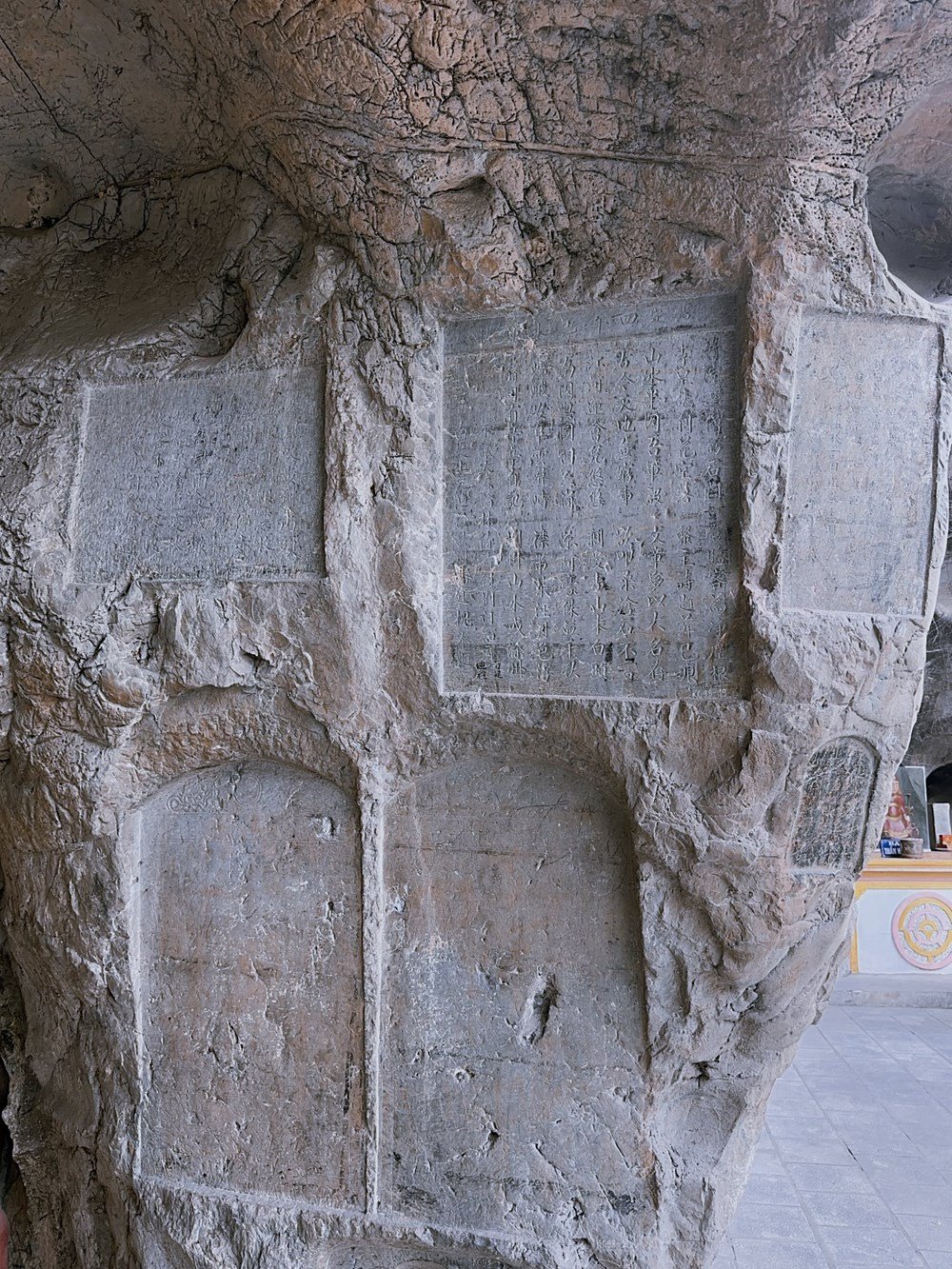
In addition to its landscape and architectural value, Nham Duong Pagoda is also an important archaeological site. Since the early years of the 21st century, excavation and research work in the pagoda area has discovered many valuable artifacts, including fossil teeth, ancient coins, pottery, and ancient production tools. In particular, the collection of ancient coins found here includes 728 coins of 120 different types from four countries: Vietnam, China, Japan and Laos.
These artifacts have special significance in the study of the history of trade, culture and beliefs in the Kinh Mon area. Not only do they reflect the economic and social life through the periods, they also show the position of Nham Duong pagoda as a cultural exchange point in the area, and at the same time affirm the position of Kinh Mon on the cultural heritage map of the Northern Delta region.
Kinh Chu Cave - The cave was awarded by the king as "The 6th cave in the South"
Kinh Chu Cave is located on the slope of Duong Nham mountain, next to Kinh Thay river. According to historical records, the cave dates back to the Ly dynasty. Legend has it that when King Ly Than Tong came here and was welcomed by the local people, he was moved and bestowed the two words "Kinh Chu". Later, King Le Thanh Tong ranked the cave as "Nam Thien De Luc Dong" (the 6th most beautiful cave in the South).
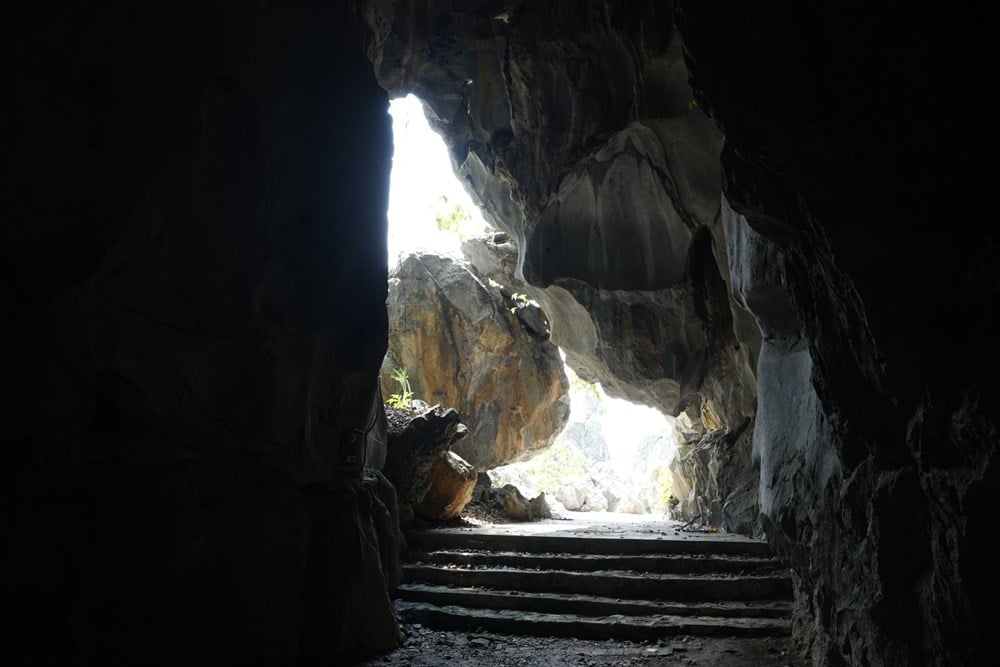
Inside the cave, there is a Buddhist temple and a place to worship King Ly Than Tong, King Ly Chieu Hoang, the third patriarch of Truc Lam Huyen Quang... In addition to Kinh Chu cave, Duong Nham mountain also has many other caves such as Vang cave, Luon cave, Trau cave, Tien Su cave...
Not only a scenic spot, Kinh Chu is also a unique cave with a system of stele carved directly on the cliff, the largest number among caves in Vietnam. This is a cultural relic and archaeological heritage of special value when it has been preserved almost intact after more than 7 centuries.
It is known that the Ma Nhai stele system has 54 steles, however, currently 47 steles can still be read. These steles preserve the writings of kings, mandarins, and famous people from the end of the Tran Dynasty to the end of the Nguyen Dynasty, which were engraved on the cliffs and cave walls. In 2017, the Ma Nhai stele system was recognized as a National Treasure.
Source: https://baovanhoa.vn/van-hoa/tinh-tam-giua-non-thieng-kinh-mon-nhung-trai-nghiem-khong-the-bo-lo-139880.html



![[Photo] Highways passing through Dong Nai](https://vphoto.vietnam.vn/thumb/1200x675/vietnam/resource/IMAGE/2025/11/12/1762940149627_ndo_br_1-resize-5756-jpg.webp)

![[Photo] Prime Minister Pham Minh Chinh attends a conference to review one year of deploying forces to participate in protecting security and order at the grassroots level.](https://vphoto.vietnam.vn/thumb/1200x675/vietnam/resource/IMAGE/2025/11/12/1762957553775_dsc-2379-jpg.webp)
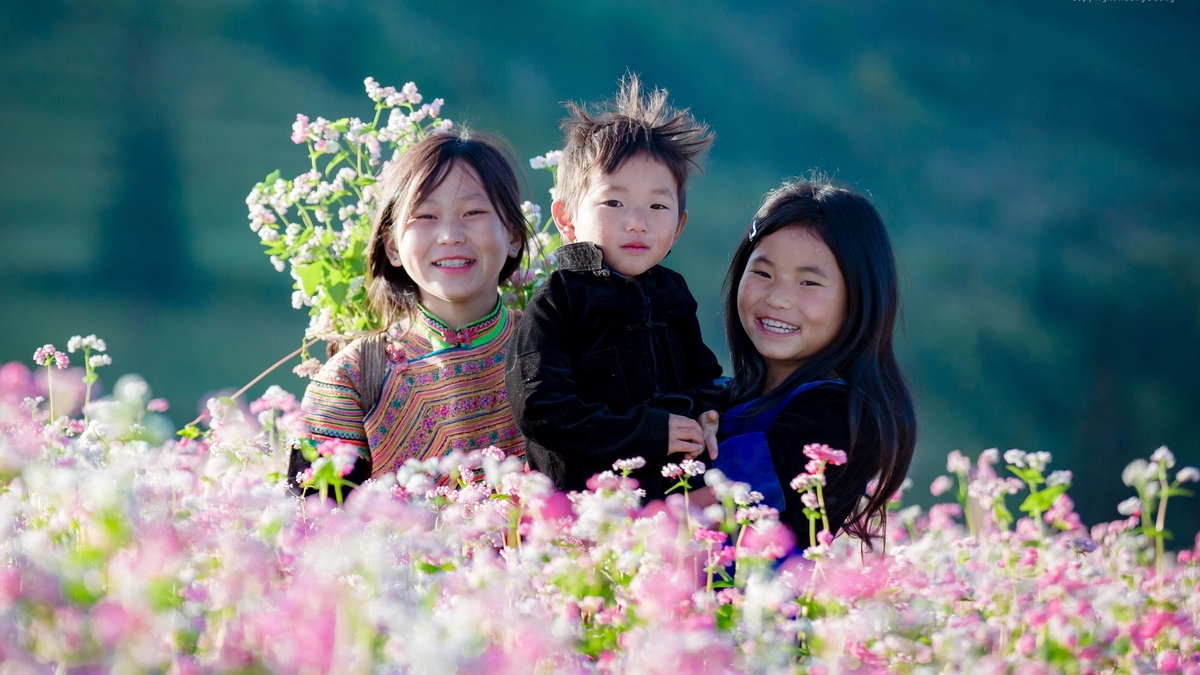
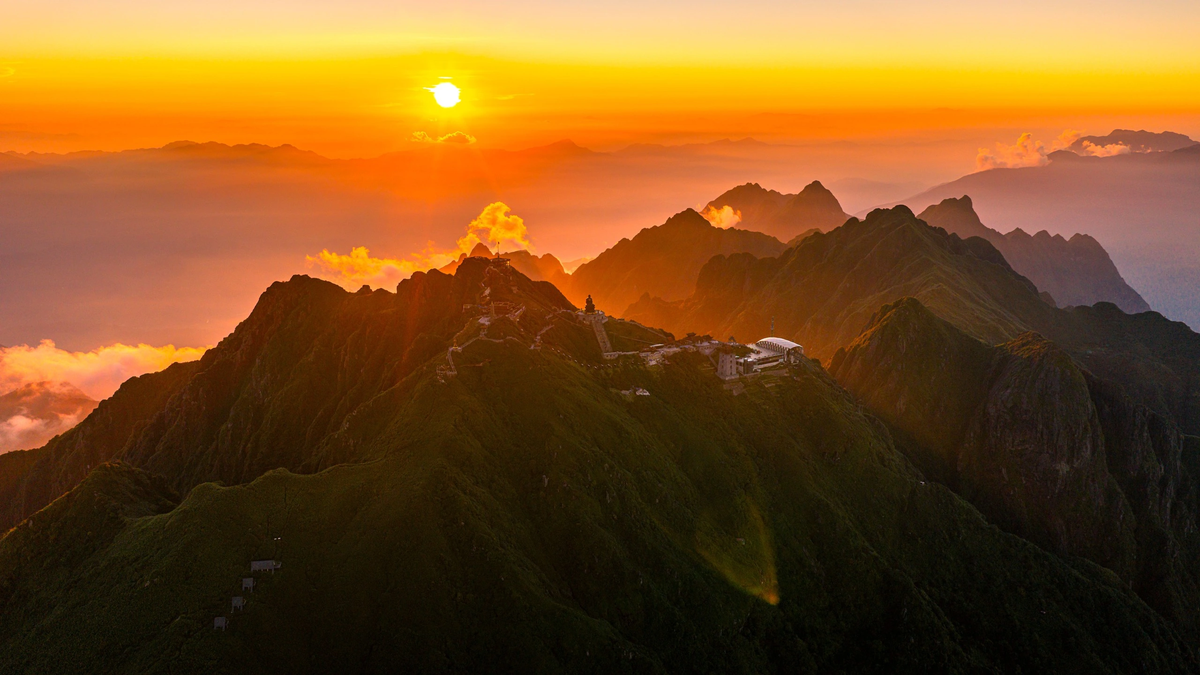
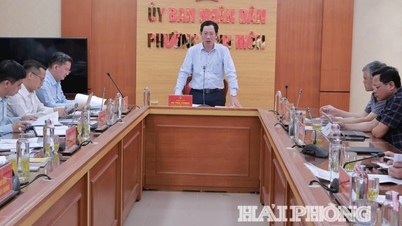

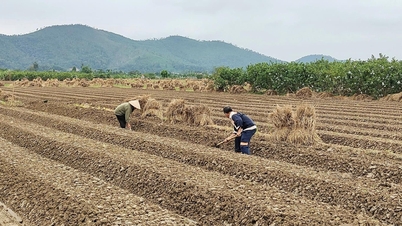

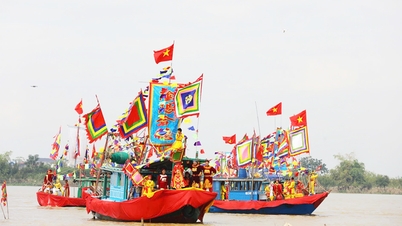

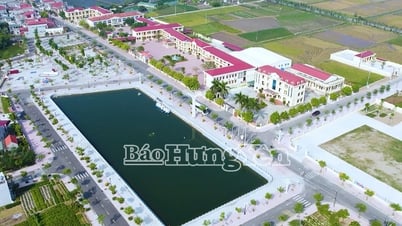







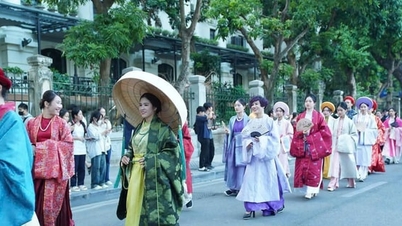









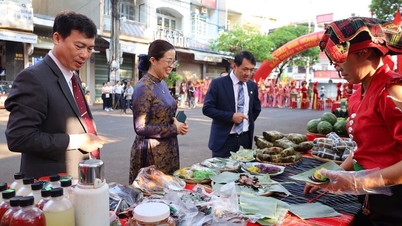
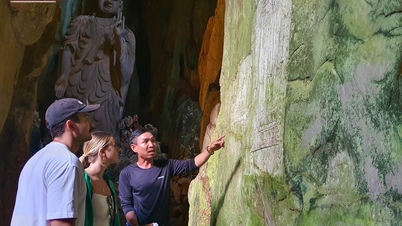
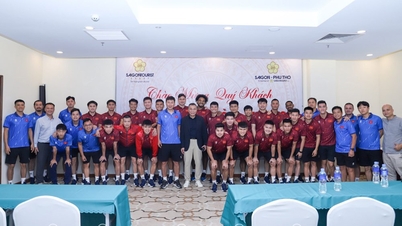

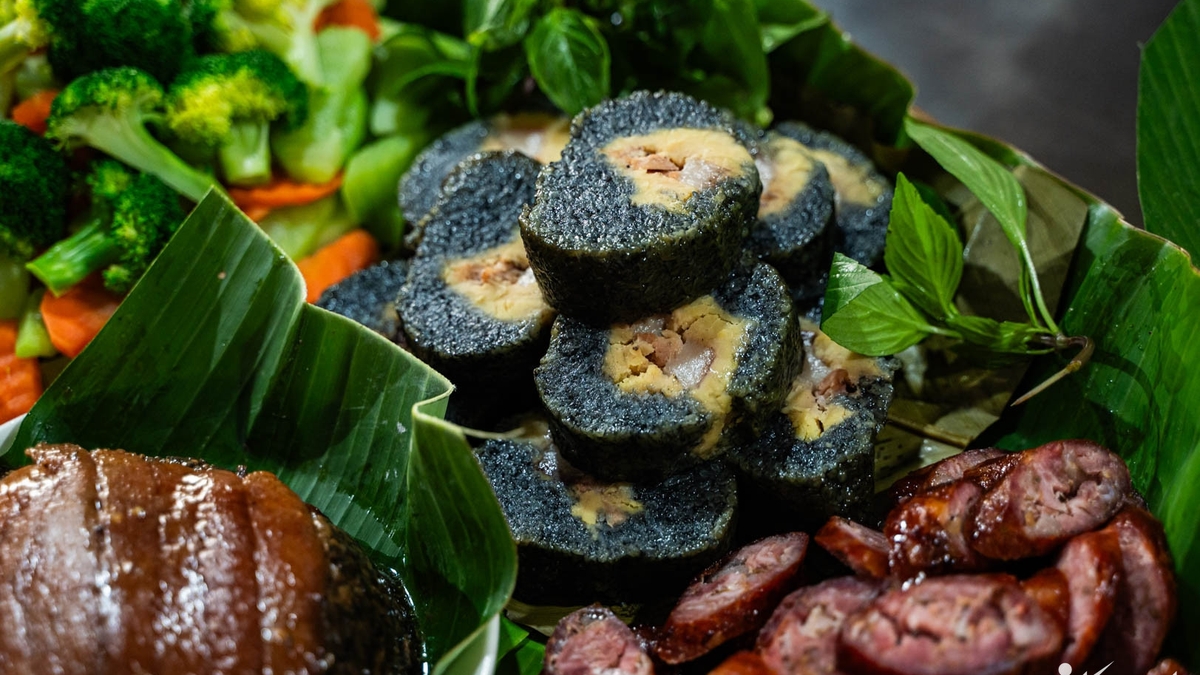









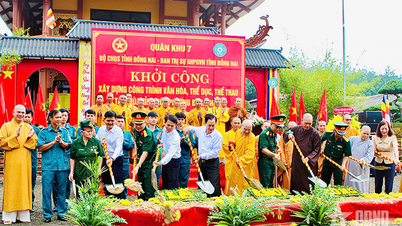






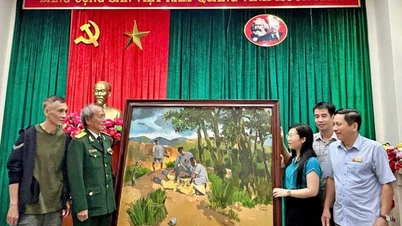

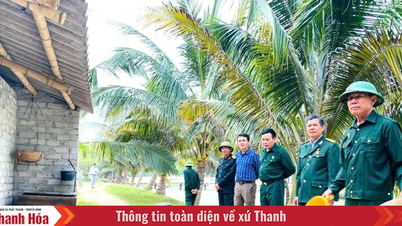


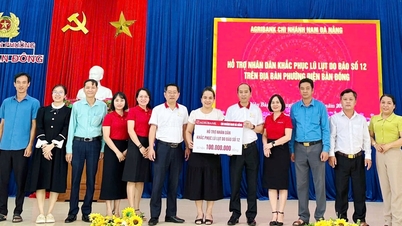

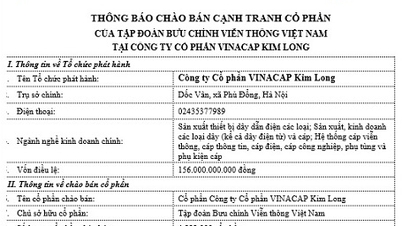


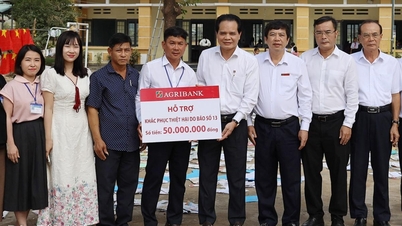










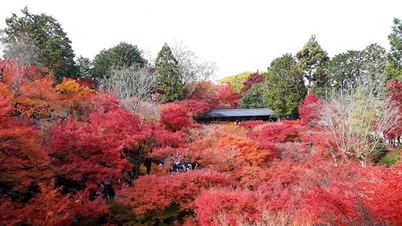









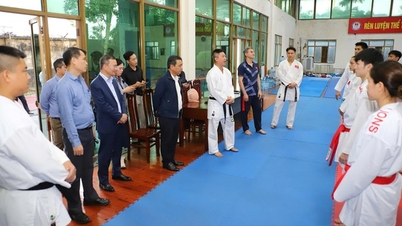
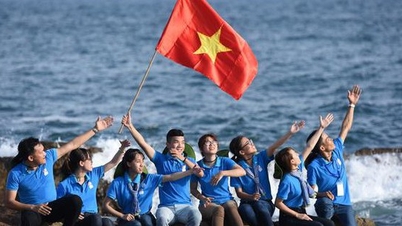


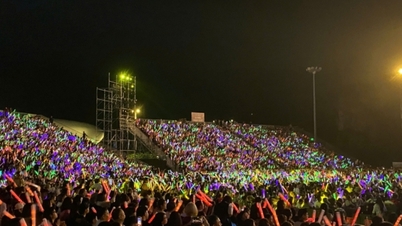
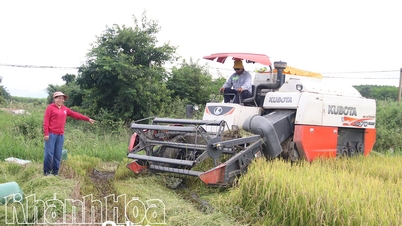



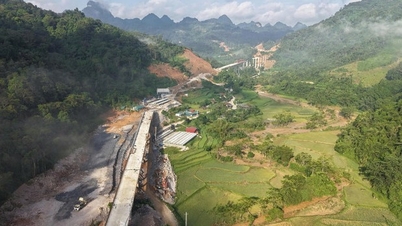

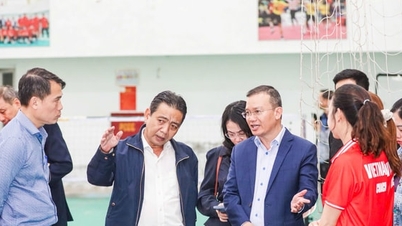






![Dong Nai OCOP transition: [Article 3] Linking tourism with OCOP product consumption](https://vphoto.vietnam.vn/thumb/402x226/vietnam/resource/IMAGE/2025/11/10/1762739199309_1324-2740-7_n-162543_981.jpeg)





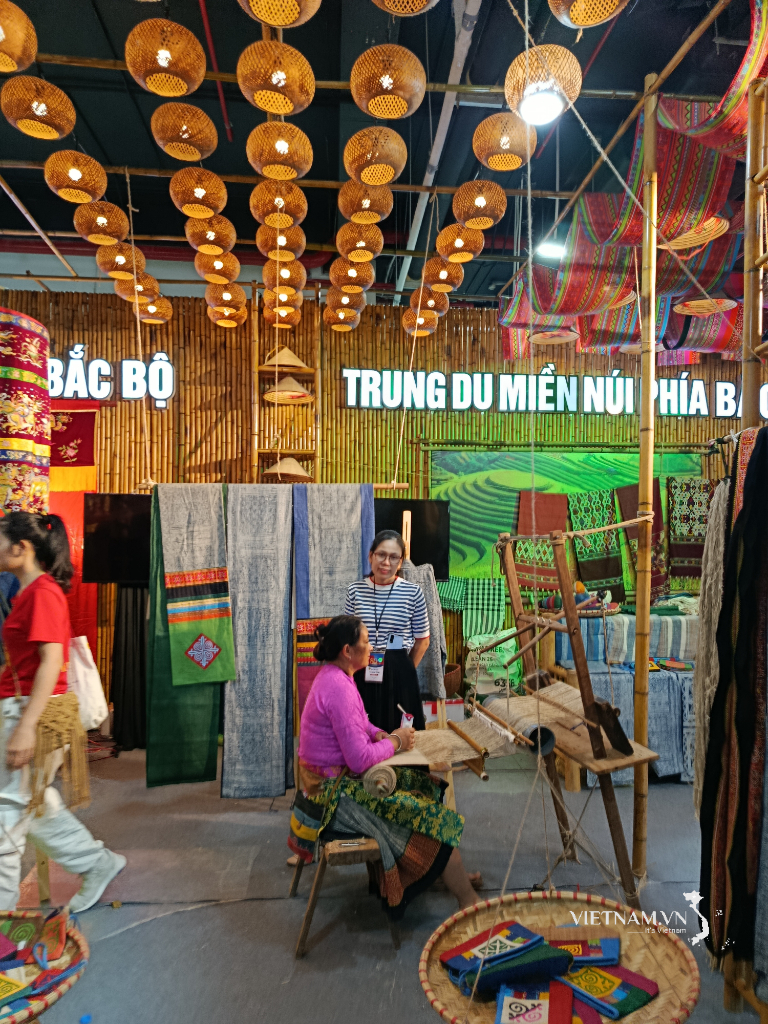

Comment (0)